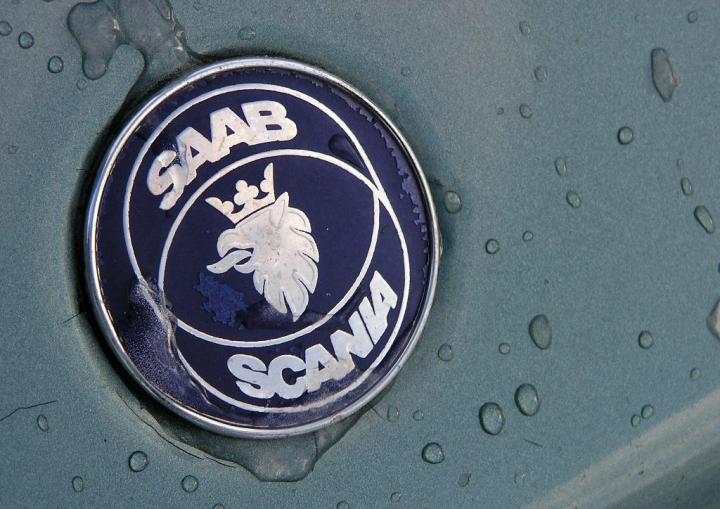
Things could finally be looking up for Saab. National Electric Vehicles Sweden (NEVS), Saab’s parent company, has just signed a long-term strategic cooperation agreement with Dongfeng Motor Corporation, one of China’s biggest and most profitable car manufacturers.
The two companies have been discreetly working together for about a month. NEVS is tapping into Saab’s vast experience in the auto industry to help enhance Dongfeng’s technical strengths, and Dongfeng is helping NEVS boost its development capacity.
The extended agreement will take the cooperation a step further. Initially, it calls for the joint purchasing of components from suppliers all around the globe, and for the establishment of a common distribution network. Later on, Dongfeng will help NEVS develop and mass-produce green, eco-friendly cars in Tianjin, China.
The much-needed help comes at a cost. As a trade-off, NEVS will need to show Dongfeng exactly how to build cars that comply with the strict safety regulations in overseas markets, notably Europe and the United States. Like many Chinese car companies, Dongfeng has been trying to expand its operations outside of China and into Europe, North America, or both for a couple of years but it has never succeeded. If everything works as planned, the agreement is a win-win situation for the two parties involved.
“This cooperation is one of the steps for NEVS to become a front-runner in the automotive industry, with focus on electric vehicles,” explained company president Mattias Bergman.
NEVS is a young player in the auto industry, but it can drive a hard bargain because it owns all of Saab’s intellectual property as well as a large, fully functional factory. Dongfeng, on the other hand, is the third-biggest car maker in China. Owned entirely by the Chinese government, it currently hold a 14 percent stake in Paris-based PSA Peugeot Citroën, and it operates joint-ventures with a long list of foreign automakers including Honda, Nissan, Kia, and Renault.



